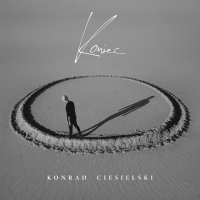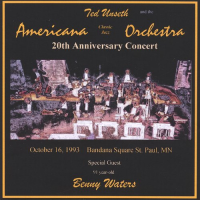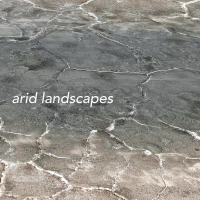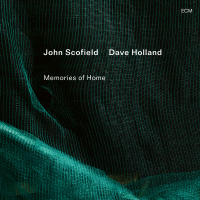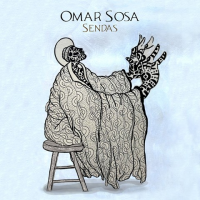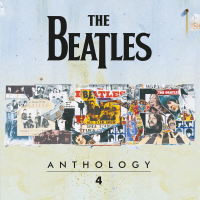Home » Jazz Articles » Album Review » Polyorchard: Red October
Polyorchard: Red October
Red October was recorded in October, 2014 in Raleigh. Their previous release, Color Theory in Black and White, was recorded just prior to the sessions that produced Red October and was issued in 2015. This earlier release was divided in two: four performances of the Black group (Menestres with Ruccia and Chris Eubank on cello) followed by six performances of the White group (Menestres with Bishop and Estoppey). The two groups are different in sound profile but correlated in approach, each one playing effectively with the palette of instrumental colors available—colors derived not only from conventional playing, but from a generous use of extended technique and preparations as well.
As with Color Theory, so with Red October. The music is freely improvised with a great sensitivity to the instruments' timbral relationships, which disclose themselves through constant changes in the density of the group's textures. Throughout the recording, the four alternately come together as an integrated quartet or break apart into subgroups of different sizes, the better to emphasize timbral similarity or contrast as desired. Menestres, for example, can harmonize percussive strikes on the bass with Galvin's drumming, or he can blend his bowed lines into Bishop and Estoppey's long tones; the wind instruments often set up a dialogue that sounds like the same language being spoken in two related but distinct dialects. In addition, the quartet's play with variable dynamics, which range from very quiet to expressionistically strident, helps bring out and underscore the distinctive characteristics of each voice. This isn't purely sound-based improvisation, though; there are bracing moments of contrapuntal interplay and emergent harmonies that add nuance to the music's emotional drama.
Track Listing
Like; To; Have; Seen; Montana.
Personnel
David Menestres: double bass; Jeb Bishop: trombone; Laurent Estoppey: saxophones; Shawn Galvin: percussion.
Album information
Title: Red October | Year Released: 2017 | Record Label: Out and Gone Music
Tags
PREVIOUS / NEXT
Support All About Jazz
 All About Jazz has been a pillar of jazz since 1995, championing it as an art form and, more importantly, supporting the musicians who make it. Our enduring commitment has made "AAJ" one of the most culturally important websites of its kind, read by hundreds of thousands of fans, musicians and industry figures every month.
All About Jazz has been a pillar of jazz since 1995, championing it as an art form and, more importantly, supporting the musicians who make it. Our enduring commitment has made "AAJ" one of the most culturally important websites of its kind, read by hundreds of thousands of fans, musicians and industry figures every month.















